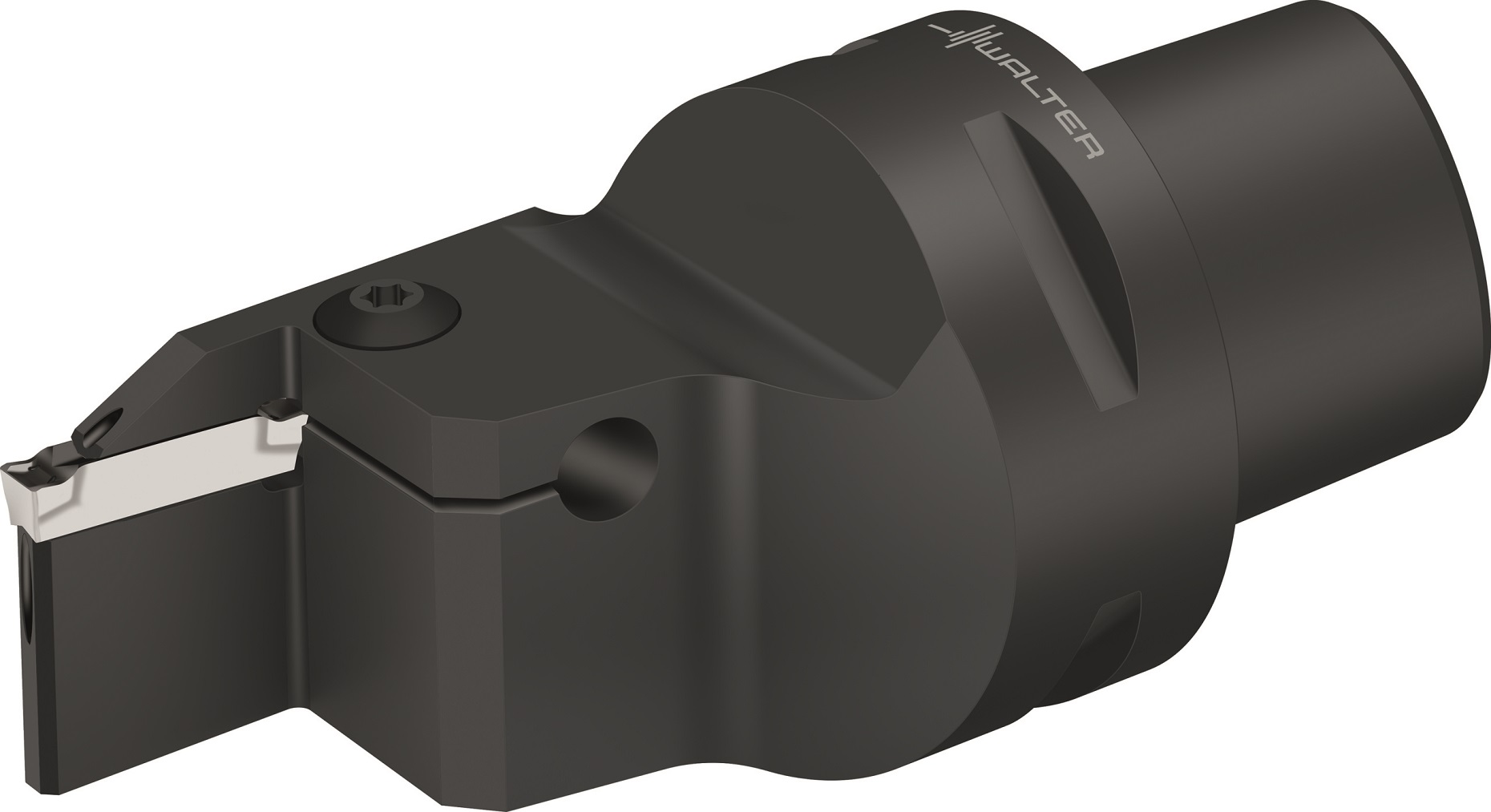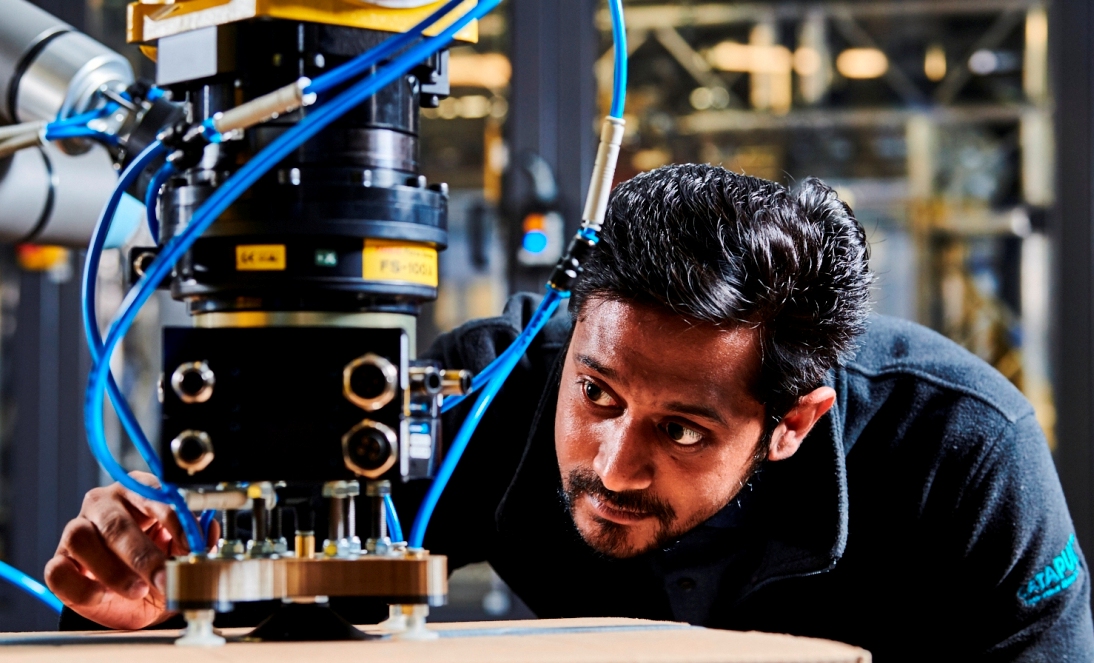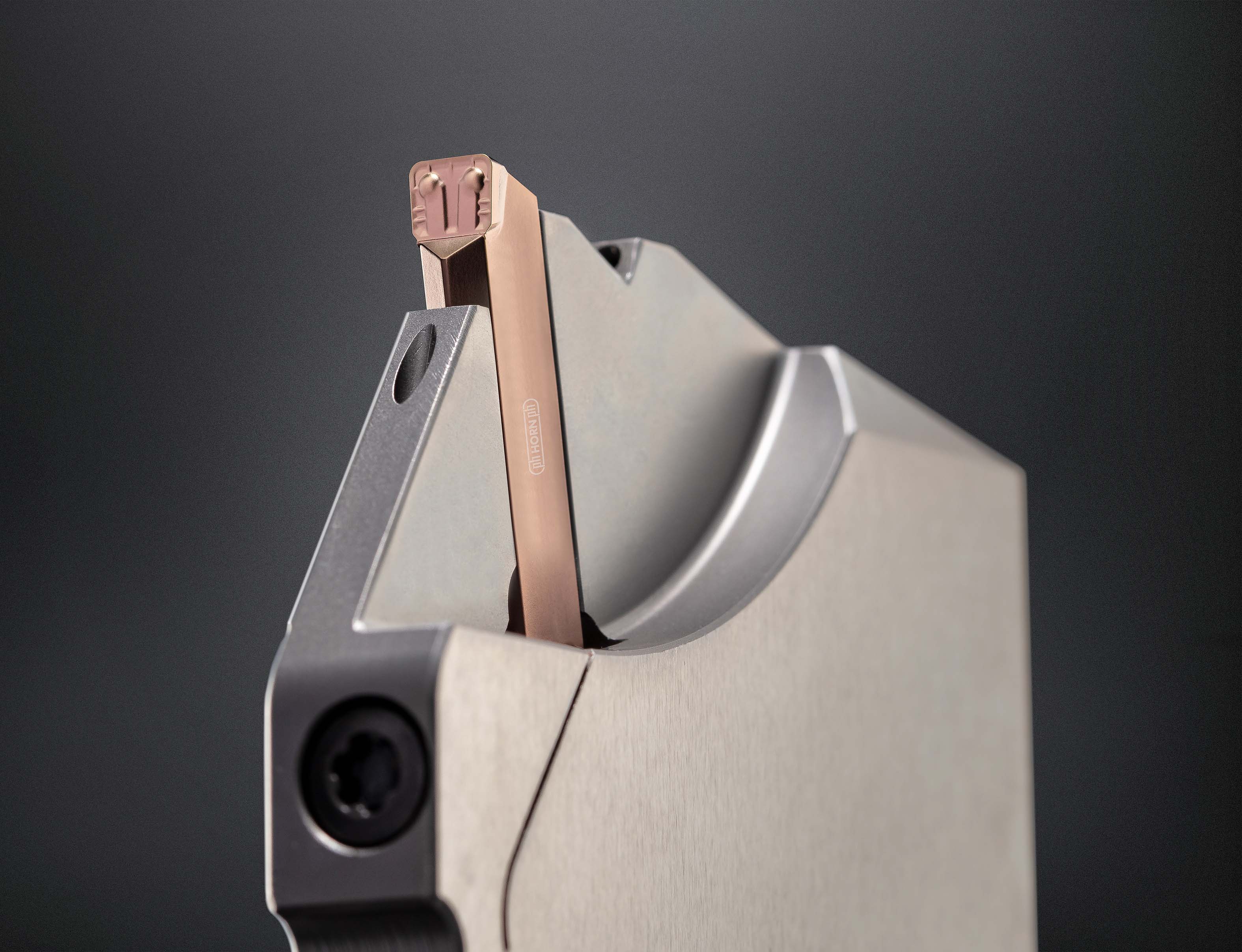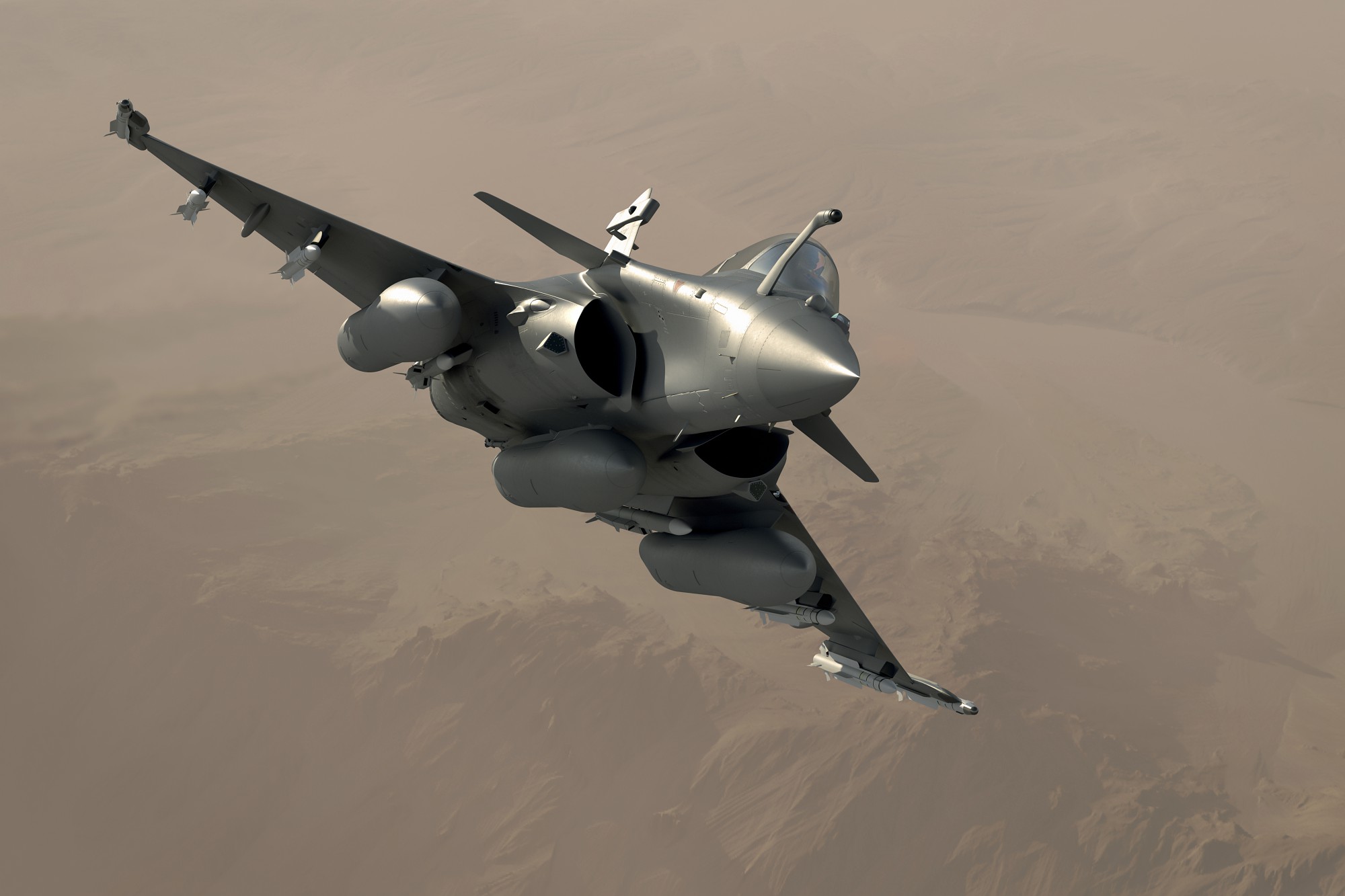
Horn has introduced two high-performance coatings, IG6 and SG3, for the carbide inserts it manufactures for turning applications. Despite being less than 0.005 mm thick, such coatings can extend service life by a factor of 10 or more compared with uncoated inserts.
IG6 is a copper-coloured, aluminium-titanium-silicon nitride (AlTiSiN) coating for machining steels in groups P and M with Horn’s S224 and S229 grooving systems. In conjunction with the adapted carbide substrate, the coating allows faster material removal rates and significantly extended service life. Standard inserts are available from stock, while for special designs, Horn Greenline orders can be delivered within five working days of the customer signing off on the drawing.
Horn’s SG3 coating is for machining titanium alloys and superalloys, as well as for hard turning and hard grooving applications, and can withstand temperatures of up to 1100°C. Now that the advantages of the tool coating have been proven on selected Horn tool systems, the 105 Supermini grooving and boring system products are available from stock.
Over the past 15 years, Horn has developed a high level of expertise in the coating of precision tools, starting with five employees and one coating system and growing to over 50 employees working across 14 coating systems. Engineers are constantly researching and developing new and existing coatings with the aim of delivering ever higher performance. Horn continually invests in new, modern technologies. In 2015, CemeCon delivered to Horn the first of three HiPIMS (high power impulse magnetron sputtering) systems, which was the first in the world. The technology enables the formation of coatings that are very dense and compact, as well as extremely hard and tough.
For further information
www.phorn.co.uk
























